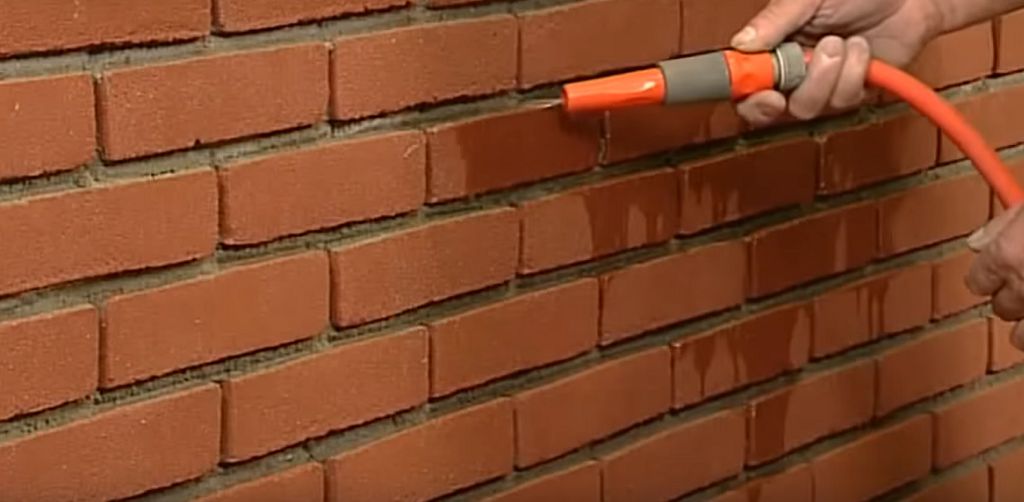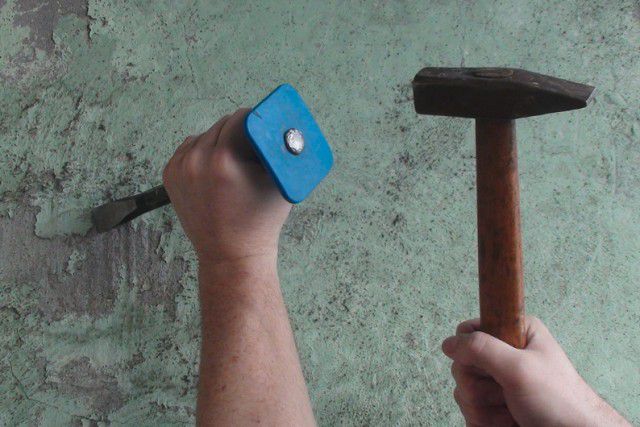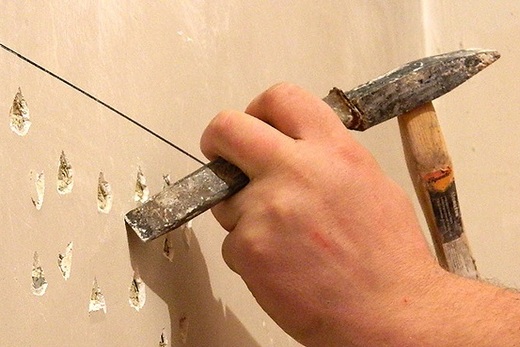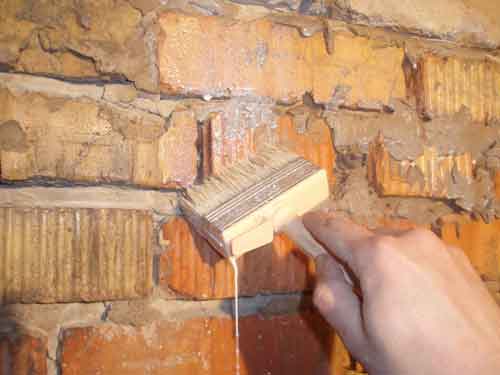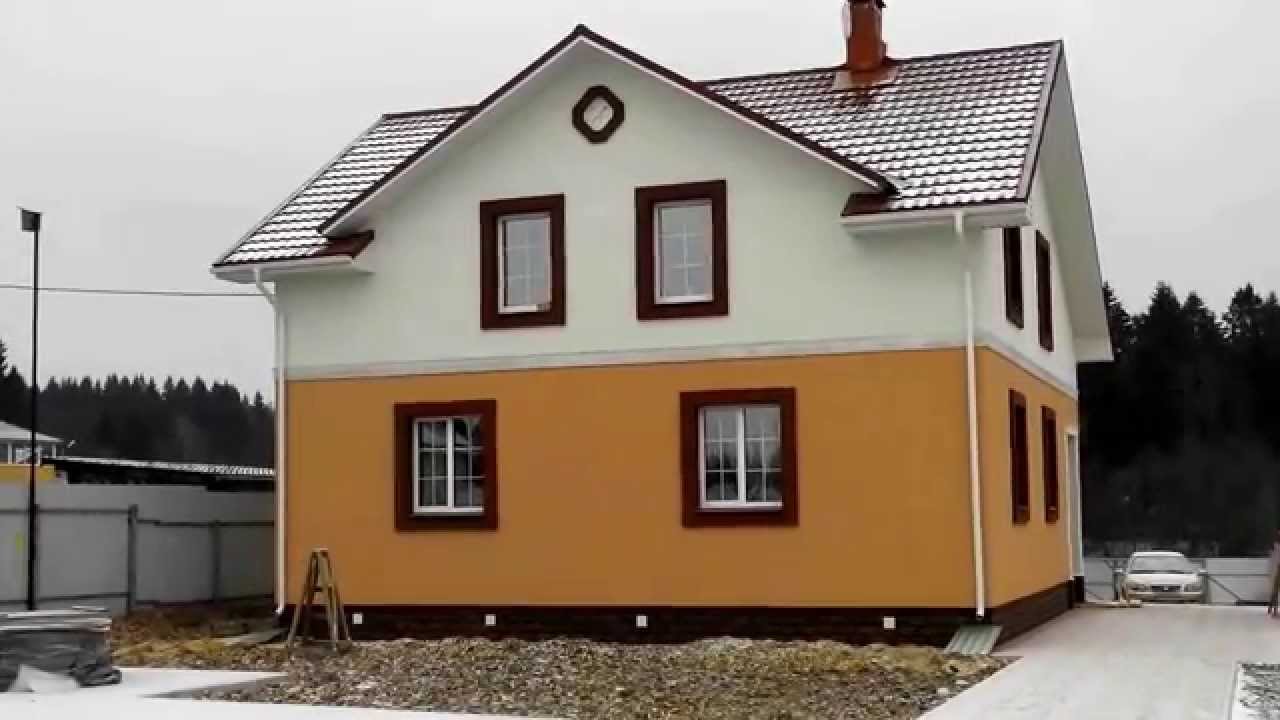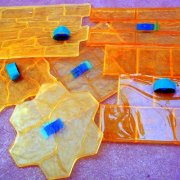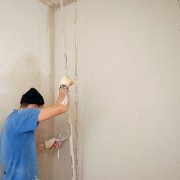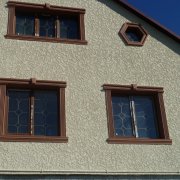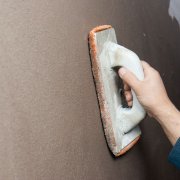Preparation for surface plastering
Plastering a building foundation is a finishing step that prepares the surface for applying the topcoat. The quality of the application of the material determines the duration of the operational period of the finish. Of great importance is the preparation for plastering the surface. It is not enough just to free the base from dust and dirt, it is also necessary to perform a series of manipulations to improve the application of the material.
The content of the article
Why do you need preparation of a building foundation?
Surface preparation for plastering - mandatory manipulation before applying the material to a building base. The procedure is carried out, regardless of what type of finishing agent is used.
The main task of preparing the surface for plastering is to improve the adhesion of the material to the building base. As a result, the solution is easily applied to the walls, which is especially important for lovers who perform the restoration of the premises inside or outside with their own hands.
Another goal of preparing the building foundation is to increase the operational period of the finish. Thanks to this manipulation, the materials hold onto the surface for a long time. If at least one section of the building foundation is not prepared properly, then the solution will fall off, and with it the rest of the finish. It can also lead to swelling of the plaster, the formation of fungus or mold under the coating. For this reason, such a procedure is not recommended to be ignored.
Surface cleaning
Preparation of surfaces for plastering begins with the dismantling of the old coating. It is recommended to remove the old finish - paint, tile, wallpaper, whitewash or old plaster. If you apply the solution to the old coating, then over time the material will fall off along with new materials.
Next, clean the building base. In this case, the material of the walls or ceiling does not matter. It is recommended to clean any kind of surface. After dismantling the old coating, the construction base is washed with plain water and left to dry.
Oil and grease stains are then removed, since such formations impair the adhesion of the material and surface. To do this, use acetone, solvent, gasoline or white spirit. To remove such spots, you can use folk recipes. This will require oily clay. A thick layer of this mass is processed problem areas. When the material hardens, the tool is removed. Clay absorbs greasy stains, therefore, after removing the product, the surface becomes clean.
Next, the construction base is cleaned of fungus and mold, if any are present on the surface. To do this, the affected areas are treated with antiseptic solutions. Then take a break to dry the surface.
Preparation for applying material of various types of substrates
The next stage of preparing the surface for plastering depends on the type of material of the building base.
Concrete surface
Concrete is a smooth base with a glossy sheen. If the house is new, then differences and defects are rarely found on such a surface. However, even in this case, the base needs preparation for applying the plaster.Concrete does not have sufficient porosity, which provides good adhesion to the material. So that the plaster rests on the base, it is recommended to improve the adhesion of the surface. There are several ways to do this:
- Performing notches. To ensure that the material adheres well to the surface, it is recommended to get rid of the smoothness of the base. To do this, use a chisel, hammer, drill and other similar tools. Notches are made around the perimeter of the surface, as in the photo below.
- Grinding. A circle with a metal brush is fixed on a grinding machine and the building base is treated with a tool.
- Surface reinforcement. On the base with the help of dowels, a mesh-net is fixed. You can also attach a plastic or fiberglass mesh to the surface.
Brickwork
Preparation of a stone surface for plastering begins with the removal of those fragments that are poorly fixed on the base. To do this, tap the wall with a hammer. If the material began to fall off, this place is tapped especially carefully. After that, the defects expand and deepen.
The next step is surface cleaning. Remove dirt and dust, as well as grease and oil stains. To do this, it is recommended to treat the base with White Spirit, solvent, gasoline or any other degreasing agent.
The instruction for preparing the brick foundation states that after cleaning and drying the surface, a primer is applied. The primer is put in two layers with a break for drying. Particularly carefully handle defects. After this, the cracks are masked with a plaster mortar and wait until the composition hardens. Next, the material is applied to the base.
If the plaster is applied in a thick layer, then the base is reinforced first. The grid is fixed with a solution or screws.
Wood base
The wood surface has high porosity and low strength. It is impossible to apply plaster on such a base without preliminary preparation. The material adheres poorly to the surface. Due to the structure of the wood, the stucco will not hold firmly to the base. For this reason, before applying the material, the surface should be reinforced. To do this, use a stucco grid or wooden battens.
To fix the material, it is recommended to use self-tapping screws. If a mesh with small cells is used, it is attached to a thin layer of plaster. Wooden slats are nailed to the base. After surface reinforcement, plastering is performed.
Preparation of the base for decorative plaster
Decorative plaster - a type of finish. Most often, the material is used to decorate the facade of the building, but it can also be used indoors. The price of decorative plaster is quite high, so it is important to finish so that you do not have to redo the repair. For this reason, it is recommended that special attention be paid to each stage of restoration.
Surface preparation for decorative plaster consists of several stages:
- Dismantling the old coating. Remove any kind of material, even paint.
- A brick surface is tapped for unreliable fragments. After that, the defects expand and deepen.
- If fungus or mold is present on the surface, antiseptic treatment is carried out. Ignoring this stage leads to the spread of an aggressive biological environment, as a result of which the operational period of decoration is reduced or the attractiveness of the decorative coating is lost.
- Cleaning the construction base from dirt and dust. To perform the procedure, it is recommended to use an industrial vacuum cleaner. If not, use a brush.In the presence of strong pollution, it is recommended to wash a building basis. Next, take a break to dry the surface.
- Degreasing a building base. Oil and greasy stains are removed using a special fluid.
- Primer application. Surfaces are primed in two layers. After each treatment, a break is made to solidify the material.
- Surface reinforcement. The mesh is installed for weak substrates, including foam and similar materials. Reinforcement is also carried out in the case when the application of a thick layer of plaster is required.
- Plastering a building foundation. At this stage, the starting plaster is applied.
After this, the preparation of the surface for decorative plaster is considered complete. Next, the master proceeds directly to the application of the finish coating.
Preparing the surface for plastering is an important finishing step, ignoring which leads to the fact that the material will fall off along with the finish coating.
The video in this article demonstrates how to properly prepare surfaces for applying plaster.
